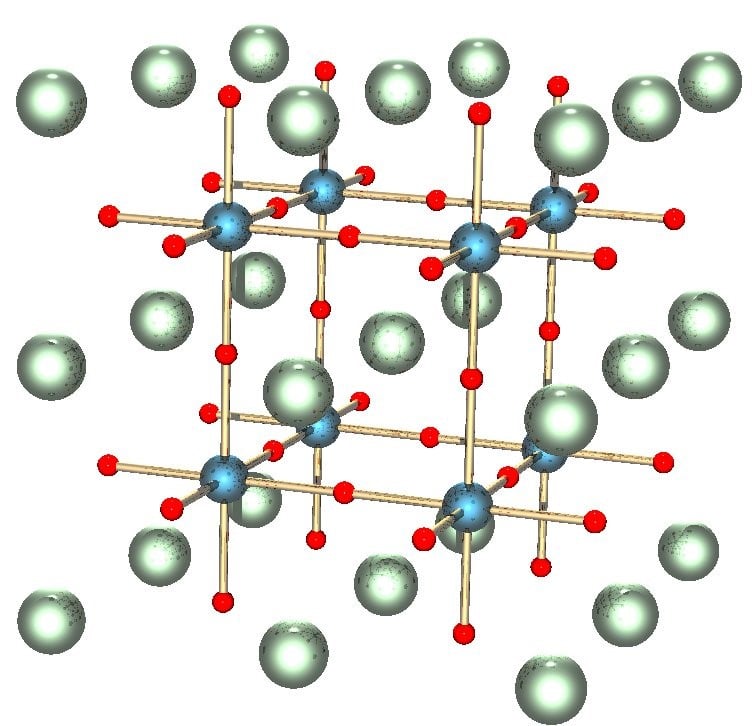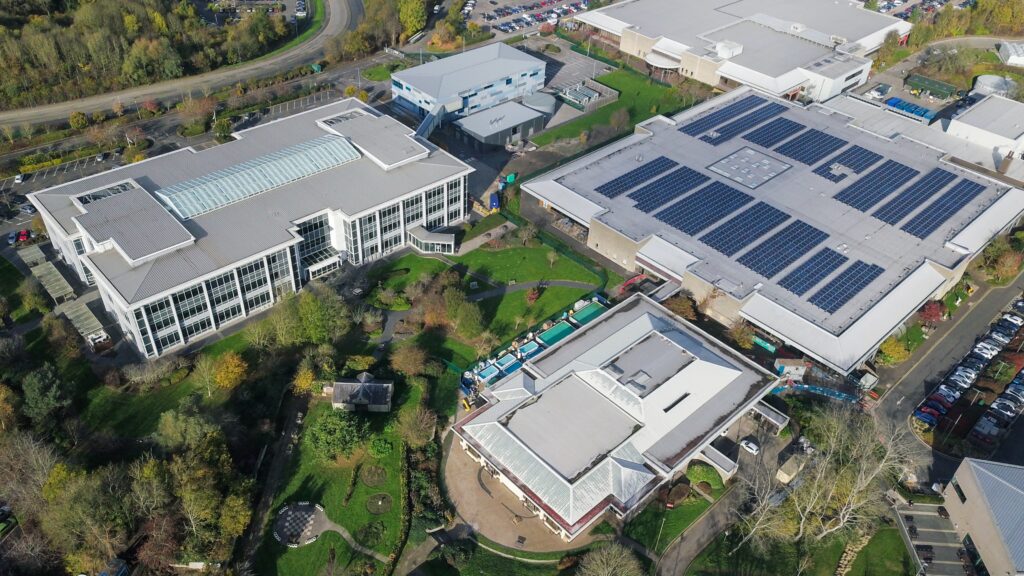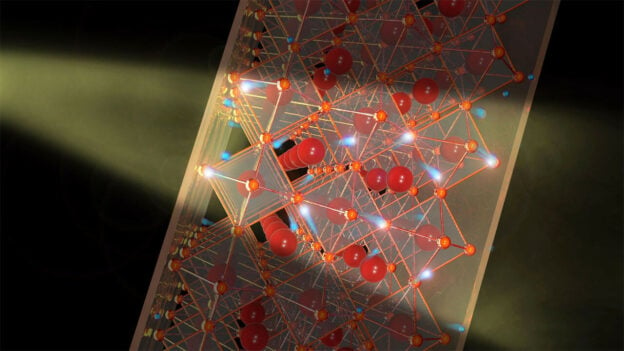Introduction
In a world increasingly focused on sustainable energy sources, high-efficiency solar cells have taken center stage. Among these innovative and new technologies, Perovskite cells have emerged as a solution that promises to overcome the limits set by traditional solar cells.
Their ability to achieve superior energy efficiency, their cost effectiveness, and their potential to exceed the 29% solar efficiency threshold make them an exciting option in today’s energy landscape.
In this article, we will explore the potential of these cells and their impact on the efficiency and profitability of solar energy and how this innovative technology is paving the way towards a cleaner and more sustainable energy future.
The advancement of Perovskite cells
- Overcoming the limitations of traditional solar cells: Traditional solar cells have been the predominant choice for solar power generation, but have faced limitations in terms of efficiency and cost effectiveness. This type of cell has managed to overcome these limitations thanks to its unique crystalline structure, allowing greater solar energy conversion efficiency.
- The discovery of Perovskite cells and their rapid evolution: The potential of these cells was discovered in the last decade and since then there has been rapid progress in their development. Researchers have managed to improve its performance in record time, generating considerable enthusiasm in the scientific community and in the solar energy industry.
The ability to achieve high levels of efficiency in a short period of time is one of the most exciting aspects of Perovskite cells. In the figure. 1, the image of the cubic structure of a Perovskite is shown, taken from Wikipedia to explain the topic to the reader.

Advantages
- These cells offer advantages compared to traditional solar cells. First, its efficiency in converting solar energy to electricity has passed the 29% threshold, which was previously considered elusive. This means that Perovskite cells can make the most of available solar energy, generating more electricity compared to other technologies.
- They are more profitable due to their low cost of production. Unlike traditional solar cells, which often require expensive materials and complex processes, they can be made from synthetic materials, significantly reducing costs. This combination of high efficiency and low cost makes them an attractive option for solar power generation.
The potential of Perovskite cells
- Efficiency: At 29%, one of the highlights is its ability to achieve high efficiency in converting solar energy into electricity. By surpassing the value of 29%, they have reached a milestone that seemed unattainable for previous technologies. This means that these cells can make the most of the available solar energy and generate a greater amount of electricity.
- Advances in the capture of sunlight: They have made significant advances in the capture of sunlight. Their unique design allows them to capture a wide range of light wavelengths, further increasing their efficiency in converting solar energy. This indicates that they can generate electricity even in conditions of less intense sunlight, which makes them more versatile and efficient in various situations.
- Making the most of available solar energy: Perovskite cells have demonstrated a wide capacity to make the most of available solar energy.
This is due to its high efficiency in converting sunlight into electricity. By generating more electricity from the same amount of sunlight, cells maximize the performance and productivity of solar systems. This is especially important in areas with variable or limited solar radiation levels, as the cells can obtain higher energy yields under these conditions.
Profitability and sustainability
- Synthetic materials: Manufactured using synthetic materials, these materials are cheaper and easier to obtain compared to the materials used in traditional solar cells. This reduces the production costs of the cells and makes them more cost effective compared to other solar technologies.
In addition, the use of synthetic materials also contributes to sustainability, as demands on natural resources are reduced and environmental impact is minimized.
- Cost reduction and increased economic viability: have the potential to significantly reduce the costs of solar power generation. Thanks to their high efficiency and low production cost, they become economically viable for large-scale solar power projects. This drives the adoption of solar technologies and accelerates the transition to a cleaner, more sustainable energy future.
- Contribution to a sustainable future and the fight against climate change: By offering a cost-effective and efficient solution for the generation of solar energy, cells play a crucial role in the fight against climate change and the search for a sustainable future.
By gradually replacing non-renewable energy sources and reducing greenhouse gas emissions, the cells contribute to mitigating the impacts of climate change and driving the transition towards a cleaner and more sustainable energy model.
Applications and future prospects
- Integration into Existing Infrastructure: They can be easily integrated into existing infrastructure, making them a viable option for expanding solar systems. Their flexible design and efficiency features allow them to adapt to a variety of configurations and applications, from residential installations to commercial and industrial projects.
- Potential for large-scale photovoltaic systems s: They have great potential for implementation in large-scale photovoltaic systems due to their high efficiency and low costs. This includes commercial solar plants and megawatt-level solar parks, where large-scale power generation is essential. In the figure. 2, one of these applications is observed.

Ongoing research and development: Although Perovskite cells have made significant advances, research and development in this field continues. Scientists and solar energy experts are hard at work to further improve cell efficiency and stability, as well as explore new ways to integrate this technology into more diverse applications.
Conclusion
The advancement of these cells has made it possible to overcome the barriers of efficiency and profitability of traditional solar cells. Their ability to reach high levels of efficiency in a short time, their low production cost and their potential to exceed the threshold of 29% solar energy use make them a revolutionary technology.
Perovskite cells represent the future of solar power , offering a cost-effective and sustainable solution that can make a significant contribution to a cleaner, more responsible energy future.
Be part of the energy transformation today!
Sources

